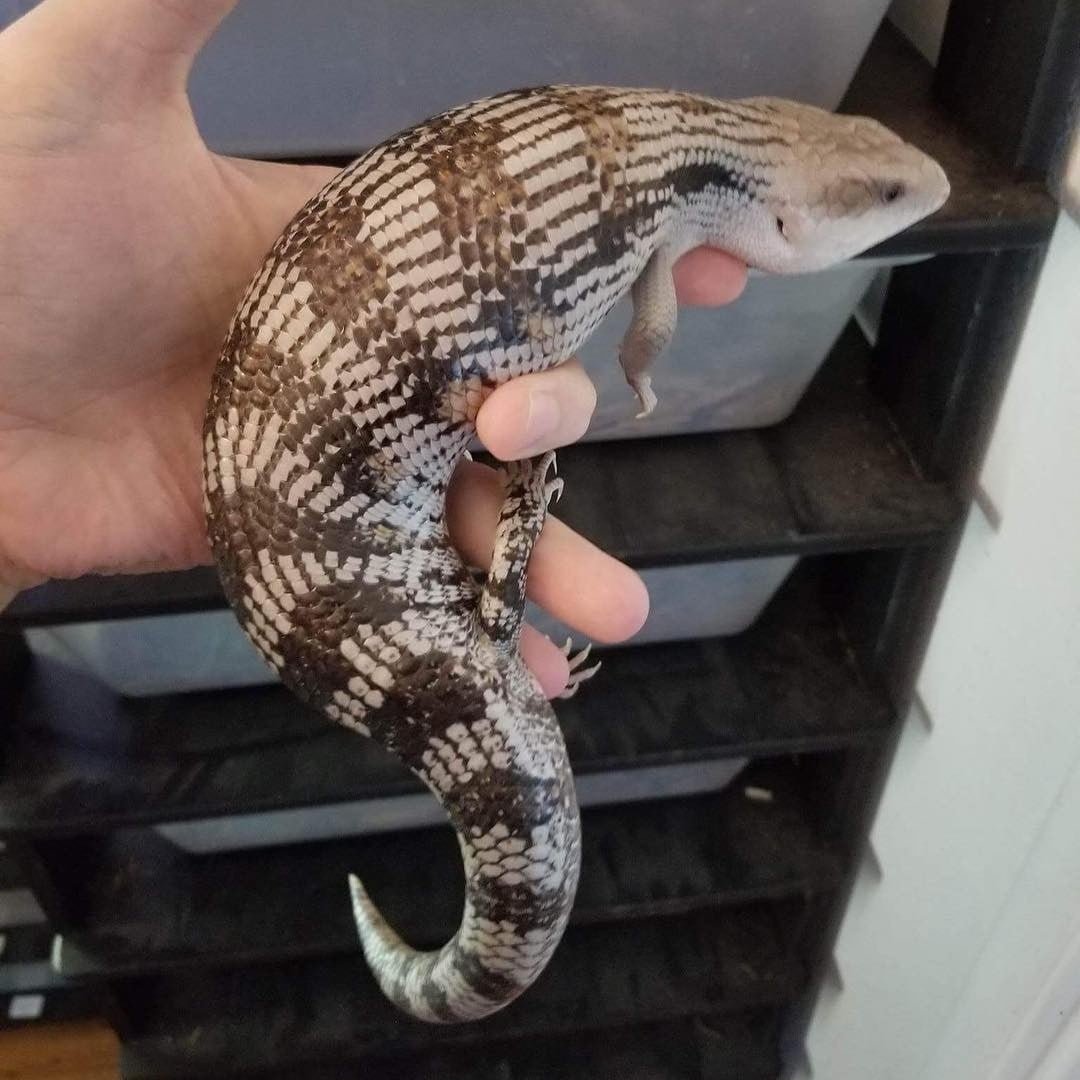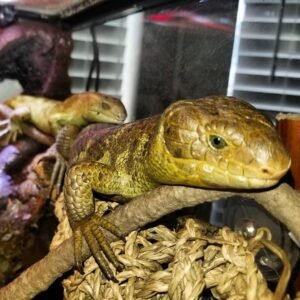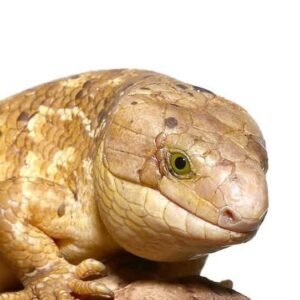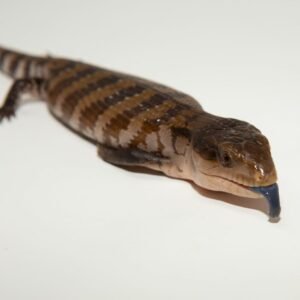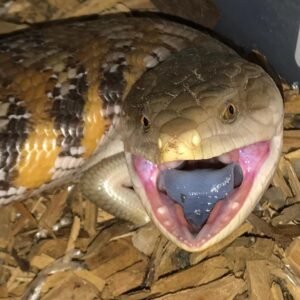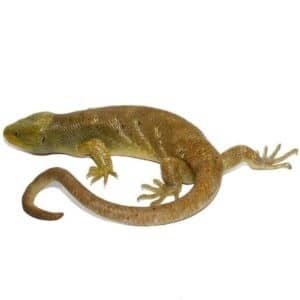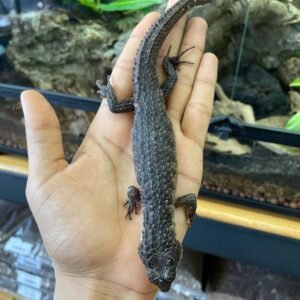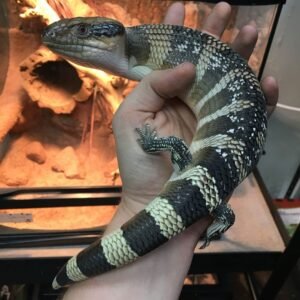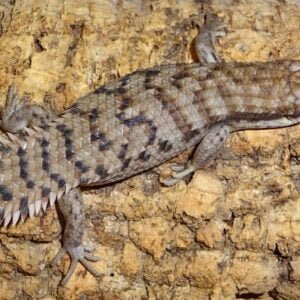No products in the cart.
Return To Shop
Whatsapp +1 (650) 437-5747
info@redboxreptiles.com
redboxreptiles667
30% off for Bitcoin Payment $1000+
Free standard shipping on orders $500+
Eastern blue tongue skinks
$400.00
39 people are viewing this product right now
Category: Skinks
Estimated delivery:2 days Eastern blue tongue skinks lizards are the largest members of the skink family. Skink lizards have overlapping scales that are usually smooth and contain small plates of bone.
Fast Facts
- Description
- This is the largest member of the skink family. Its body is long and tubular, with short legs and a short tail. The head is triangular and broad. This skink is very well known for its long, bright blue tongue.
- Size
- Total length of approximately 60 cm (24 in.)
- Weight
- 283-510 g (10-18 oz.)
- Diet
- Blue-tongued skinks are omnivores, meaning they feed on a variety of plants and animals. Their diet includes insects, worms, snails, flowers, fruits, and berries.
- Incubation
- 100 days; generally give birth in mid-summer
Females are ovoviviparous (“egg-live birth”) – the mother produces egg cases, which she then carries inside her. After the eggs hatch internally, she expels the live young.
Clutch Size: 6-12 live young - Sexual Maturity
- 18-24 months
- Life Span
- May be in excess of 20 years
- Range
- Native to Australia and New Guinea
- Habitat
- Include grasslands, forests, rainforests, and deserts
- Population
- Global: No data
- Status
- IUCN: Not listed
CITES: Not listed
USFWS: Not listed
Fun Facts
- Blue-tongued skinks spend the majority of their day searching the ground for food and basking in the sun. At night they seek shelter in logs, leaf litter, or other ground debris.
- When threatened, the blue-tongued skink puffs up its body, sticks out its long, blue tongue, and hisses. If the intended target is unimpressed, the wide-bodied skink hisses, and then flattens out its body in hopes of appearing too large to attack.
- Blue-tongues do not have well-developed teeth, but are capable of a powerful bite. They also have a habit of not letting go, contributing considerably to the pain.
- The skink’s overlapping scales help keep out dirt, sand, and other debris. Healthy adults usually shed every six weeks. Shedding takes a considerable amount of energy, greatly reducing regular food metabolism.
- The skink’s overlapping scales help keep out dirt, sand, and other debris. Healthy adults usually shed every six weeks. Shedding takes a considerable amount of energy, greatly reducing regular food metabolism.
Ecology and Conservation
Blue-tongued skinks are common in the pet trade and are sometimes released into wild, non-indigenous areas when their owners tire of them. This has led to some competition for the native wildlife.
In their native region, they are very common, however they are often killed because of a superficial resemblance to the death adder, a very poisonous snake. In long grass, the blue-tongued skink’s head is not readily discernable from the adder.
Skinks serve as predators for invertebrates, helping to maintain insect populations. They are also prey for other animals.
Banana Phase Baby Monkey Tail ...
$1,400.00
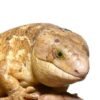
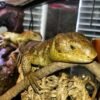
Hypo Monkey Tail Skink
$5,900.00
Related products
Copyright © 2024 REDBOX REPTILES.

